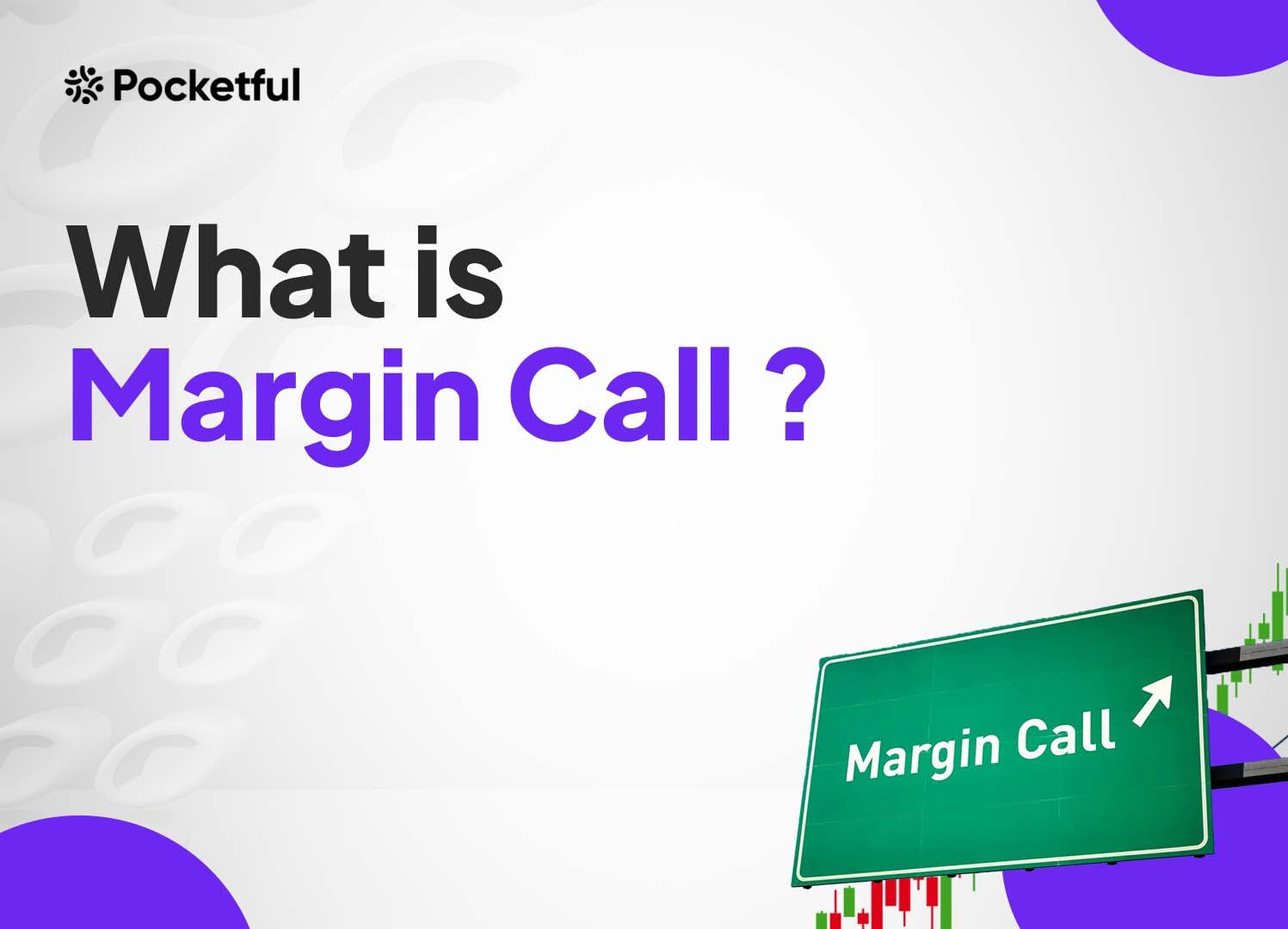| Type | Description | Contributor | Date |
|---|---|---|---|
| Post created | Pocketful Team | Jul-05-24 | |
| Add new links | Nisha | Sep-01-25 | |
| Add MTF Calculator Link | Default Author | Sep-12-25 | |
| Add MTF Calculator Link | Default Author | Sep-12-25 |
Read Next
- What is a Harami Candlestick Pattern?
- What is Average Traded Price in Stock Market
- What is MIS in Share Market?
- 7 Common Mistakes in Commodity Trading New Traders Must Avoid
- Brokerage Charges in India: Explained
- What is a BTST Trade?
- How to Do Algo Trading in India?
- What Is CMP in Stock Market?
- MTF Pledge vs Margin Pledge – Know the Differences
- Physical Settlement in Futures and Options
- List of Best Commodity ETFs in India
- Bullish Options Trading Strategies Explained for Beginners
- Best Brokers Offering Free Trading APIs in India
- Top Discount Brokers in India
- Best Charting Software for Trading in India
- Benefits of Intraday Trading
- What are Exchange Traded Derivatives?
- What is Margin Shortfall?
- What is Central Pivot Range (CPR) In Trading?
- Benefits of Algo Trading in India
Margin Call: – Definition and Formula

If you are an investor or a trader, you probably have heard the term “margin call”, especially when markets are volatile. Margin calls are a critical concept for traders using leverage, as trade can quickly lead to significant financial losses if not managed properly. This article discusses margin calls, their meaning, how they work, and their implications.
Before we get into the details of the margin call, let’s talk about margin trading briefly.
What is Margin Trading?
When you buy securities using borrowed money (margin funding), the SEBI requires you to keep a minimum amount in your account, called the initial and final margin.
Say you have ₹1000 in your trading account and find a trading opportunity. But you are short of cash and need ₹4000 more to place the trade.
In this situation, you can open a margin trading facility(MTF) account with your broker by submitting proof of income and signing an agreement.
Now, against the ₹1000 in your trading account, your broker can offer you a margin fund of 4 times your account balance. So, you get a total of ₹5000 in your trading account(₹1000 initial balance and ₹4000 as margin fund). Your broker would be interested in the borrowed fund for the duration you would keep your position open.
You can trade using ₹5000. This process is called margin trading. If your trade is successful, you get a profit based on an investment of ₹5000 against your actual investment of ₹1000.
What is a Margin Call?

A margin call happens when your broker (the company via which you get to buy stocks) requests you to add money or sometimes stocks to your account. This request is made because the value of the stocks you purchased with borrowed funds goes down and falls below the minimum required balance. The formula for margin call price is given below:
Margin Call Price = Initial Purchase Price * [(1 – Initial Margin)/(1 – Maintenance Margin)]
Read Also: Lowest MTF Interest Rate Brokers in India
Example to Understand How Margin Call Works
Let’s assume that the stocks you pick for trading will always be correct and the market will not give you surprises. However, markets are volatile and can move in any direction because of predictable and unpredictable factors, especially in a short period.
If this happens, the value of your investment will drop, and returns on your portfolio will suffer.
That’s where SEBi steps in. Rules require you to maintain a minimum initial and maintenance margins in your account.
Say the initial margin requirement is 50%, and the maintenance margin is 25%.
On a total investment of ₹10,000:
- Initial margin is ₹5,000(50% of the total position)
- Maintenance margin is ₹2,500(25% of the total position)
- Margin Call Price = 10,000 * [(1 – 50%)/(1 – 25%)] = ₹6,667
Now, the value of your account must be at ₹6,667 or above to avoid the risk of margin call.
Now, suppose your investment value slides to ₹6,000, then
Investor Equity = ₹6,000 – ₹5,000 = ₹1,000
Moreover, 1000 divided by 6667 equals 15%, which is insufficient to meet the minimum margin requirement of 25%.
Shortfall amount = ₹6,667 – ₹6,000 = ₹667
If your investor equity falls below the required maintenance margin percentage, you will receive a margin call.
Margin calls are triggered when your investment’s value falls during the volatile market phases.
Use our Margin Trading Facility Calculator
What To Do When The Margin Call Is Triggered?

When the price of a stock falls, margin calls might be triggered. You may receive a notification via SMS, email, or phone call. You can do a few things to address margin calls:
- Add Funds: You can deposit more money into your account, bringing your equity up to the required maintenance margin levels.
- Transfer Securities: Alternatively, you can add securities to your account to cover the margin shortfall based on their applicable value.
- Sell Holdings: You can also sell your portfolio holdings to maintain the required margin. This option may result in loss.
When you receive a margin call, you must act within a specified period to add the necessary margin. If you do not respond and take the required action, the broker will sell part of your holdings to cover the margin shortfall.
Read Also: Top 10 Highest Leverage Brokers in India
Conclusion
Margin trading is popular because it allows you to earn high returns with less money invested. If you are looking forward to using margin trading as a part of your investment, this concept of margin call will be of utmost use to you. However, it can be risky and lead to margin calls in a market fall. Traders must closely check their margin accounts, take action immediately if they receive margin calls, and ensure they have enough funds to meet margin requirements.
Frequently Asked Questions (FAQ’s)
Can a margin call occur even if the overall market is performing well?
Yes, a margin call can happen if the value of your leveraged positions drops, regardless of the overall market performance.
Which factors can trigger a margin call aside from a drop in stock prices?
Factors include increased market volatility, changes in margin requirements, and interest rate fluctuations.
How do different brokers handle margin calls, and are there any policy variations?
Brokers vary in margin call policies, including notification methods, timeframes to meet calls and liquidation processes. It’s essential to understand your broker’s specific policies.
What are the potential consequences of not meeting a margin call promptly?
Not meeting a margin call can lead to forced liquidation of your assets, potential financial losses, and a negative impact on your credit standing.
Are there any specific strategies to manage and mitigate the risks associated with margin calls?
Strategies include using stop-loss orders, diversifying your portfolio, and avoiding excessive leverage to manage and mitigate risks.
Disclaimer
The securities, funds, and strategies discussed in this blog are provided for informational purposes only. They do not represent endorsements or recommendations. Investors should conduct their own research and seek professional advice before making any investment decisions.
Article History
Table of Contents
Toggle